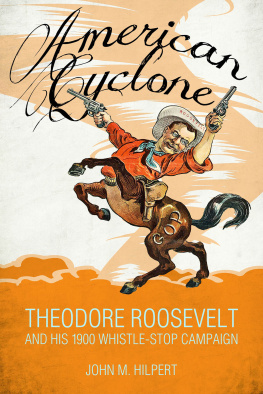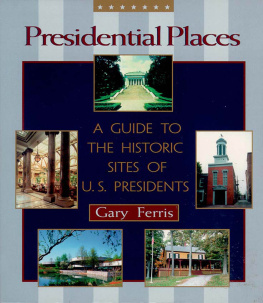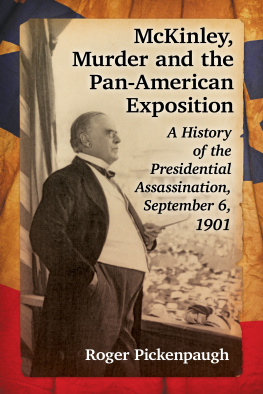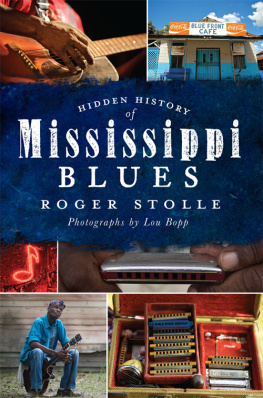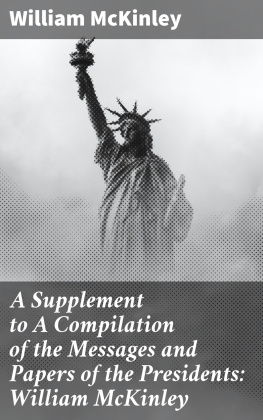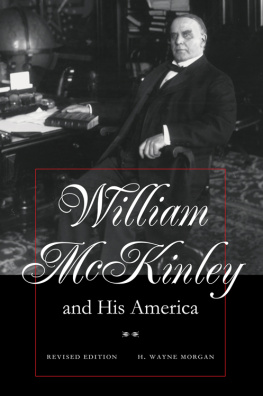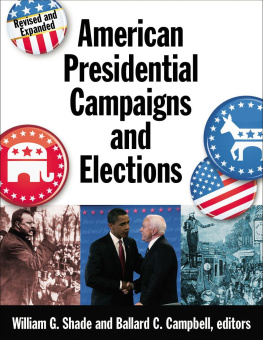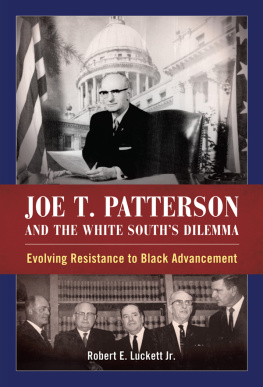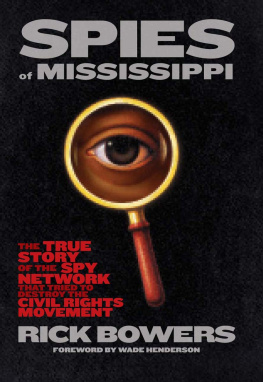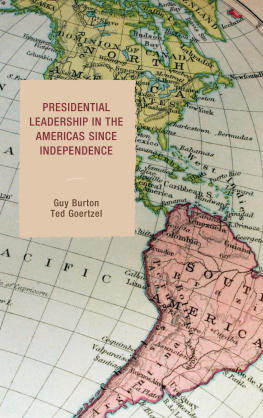www.upress.state.ms.us
The University Press of Mississippi is a member of the Association of American University Presses.
Copyright 2018 by University Press of Mississippi
All rights reserved
Manufactured in the United States of America
First printing 2018
Library of Congress Cataloging-in-Publication Data
Names: Hilpert, John M., author. | Hilpert, Zachary M., author.
Title: Campaigns and hurricanes : a history of presidential visits to Mississippi / John M. Hilpert and Zachary M. Hilpert.
Description: Jackson : University Press of Mississippi, [2018] | Includes bibliographical references and index. |
Identifiers: LCCN 2017038042 (print) | LCCN 2017040130 (ebook) | ISBN 9781496816474 (epub single) | ISBN 9781496816481 (epub institutional) | ISBN 9781496816498 (pdf single) | ISBN 9781496816504 (pdf institutional) | ISBN 9781496816467 (cloth : alk. paper)
Subjects: LCSH: PresidentsTravelMississippi. | PresidentsUnited States.
Classification: LCC E176.1 (ebook) | LCC E176.1 .H555 2018 (print) | DDC973.09/9dc23
LC record available at https://lccn.loc.gov/2017038042
British Library Cataloging-in-Publication Data available
INTRODUCTION
Prior to the twentieth century, no president of the United States visited Mississippi while in office. Several men who either would hold or had held the office traveled to or through the state during the 1800s. Zachary Taylor was the closest to a sitting president who visited during the early period; he stopped for a celebration at Vicksburg in 1849 as president-elect on the way to his inauguration. He and at least two other nineteenth-century presidents owned and frequented homes in Mississippi. Andrew Jackson reportedly camped in Hancock County on his way to the Battle of New Orleans in 1814. Legend has it that Abraham Lincoln walked the Natchez Trace in the 1820s. A list of more than forty fanciful or factual Mississippi connections with historical figures prior to or after the completion of their presidential termsbased on a variety of sourcescomprises following the final chapter.
However, the principal focus of this comprehensive guide is on known and verifiable visits to Mississippi by presidents of the United States during their years in office. William McKinley was the first to travel to the state while serving as president, arriving by train less than two months after his second inauguration in 1901 and making stops and speeches in a few communities. Theodore Roosevelt famously huntedbut never shotbears in the Mississippi Delta the following year, thereby launching the teddy bear craze that persists to this day. William Taft and a flotilla of steamboats bearing hundreds of politicians, journalists, and other persons of renown stopped through in 1909. Woodrow Wilson and his wife spent a two-and-a-half-week 1913 Christmas and 1914 New Year holiday on the Mississippi Gulf Coast, earning him the distinction of making the longest presidential sojourn. (Prior to Harry Trumans presidency, he and his wife rented a cottage and vacationed on the coast for a stretch of six weeks.)
.
By the numbers, George W. Bush is the unquestioned champion of presidential visits to the state, with nineteen during his eight years in office. However, when it comes to counting presidential visits, even a seemingly straightforward count requires interpretation. On November 1, 2003, for instance, President Bush made appearances in both Southaven and Gulfport on behalf of Haley Barbours gubernatorial bid. Between those stopsthe first in northern Mississippi and the second on the Gulf CoastAir Force One flew the president on a round-trip to Kentucky for two campaign speeches in support of another Republican candidate. Thus a question arises: does the day represent one or two visits by Bush to Mississippi? The decision here was to consider it as one visit with two stops, but the reverse could be just as easily argued. Likewise, when Woodrow Wilson and his family vacationed for two weeks on the Gulf Coast, they were in residence at a home in Pass Christian. We credited that community with a presidential visit, but we did not sum as additional presidential visits Wilsons drives to nearby communities for golf outings, a worship service, or other day trips.
The George W. Bush illustration above also points clearly to the effects of the transportation revolution on the history of presidential travel. When Andrew Jackson camped in Hancock County in 1814fifteen years prior to assuming the presidencyhe was traveling from Mobile, Alabama, to New Orleans, Louisiana, a distance of roughly 130 miles. Days, not hours, were required for the trip. George W. Bushs one day of flying from Washington, DC, to Southaven, Mississippi; to Paducah, Kentucky; to London, Kentucky; to Gulfport, Mississippi; and back to the nations capital covered a distance of more than 2,500 miles. The transportation factor alone accounts for much of the variance in the number of visits between earlier and later presidents. Other issues affecting decisions about presidential travel include cost, time, security, political considerations, national and international events, and the selection of impactful venues for promoting a presidents policy preferences. The coauthors used these pages to discuss many of these factors as demonstrated by particular presidential visits to Mississippi.
Americans evidence endless fascination with the institution of the presidency, and they are generally anxious to see in the flesh any individual who has risen to the office. Even during periods of public disapproval, citizens will mass at rallies or overfill rooms for town hallstyle discussions when a president comes to town. Seemingly embodied in one individual are the nations hopes, dreams, expectations, and disappointments. How many jewelry boxes have one or more campaign pins tucked away from recent or long-forgotten elections? How many office or home walls have oversized portraits of the current president or of an admired predecessor in the White House? How many hundreds of thousands or millions of political arguments happen each day over coffee, as Americans assess the performance of the nations chief executive? How many opinion pages in newspapers would be largely empty if there werent a president to support or criticize?
Citizens of an area visited by a president have physical proof that they are valued participants in the life of the nation, important enough that the person considered the most powerful in the world has traveled to see them, to listen to them, and to seek their approval for policies, accomplishments, or candidates for office. Thus a presidential visit is nearly irresistible; it draws supporters, critics, and the merely curious. All states have histories of presidential visits, but for many states such events are relatively rare occurrences to be savored and recalled for years, even decades, into the future. More communities than not have never been visited by a sitting president of the United States, but still there will be those residents in town who entertain friends and neighbors with stories of their travel to larger population centers where they were so close to a president that they reached out for a handshake.


